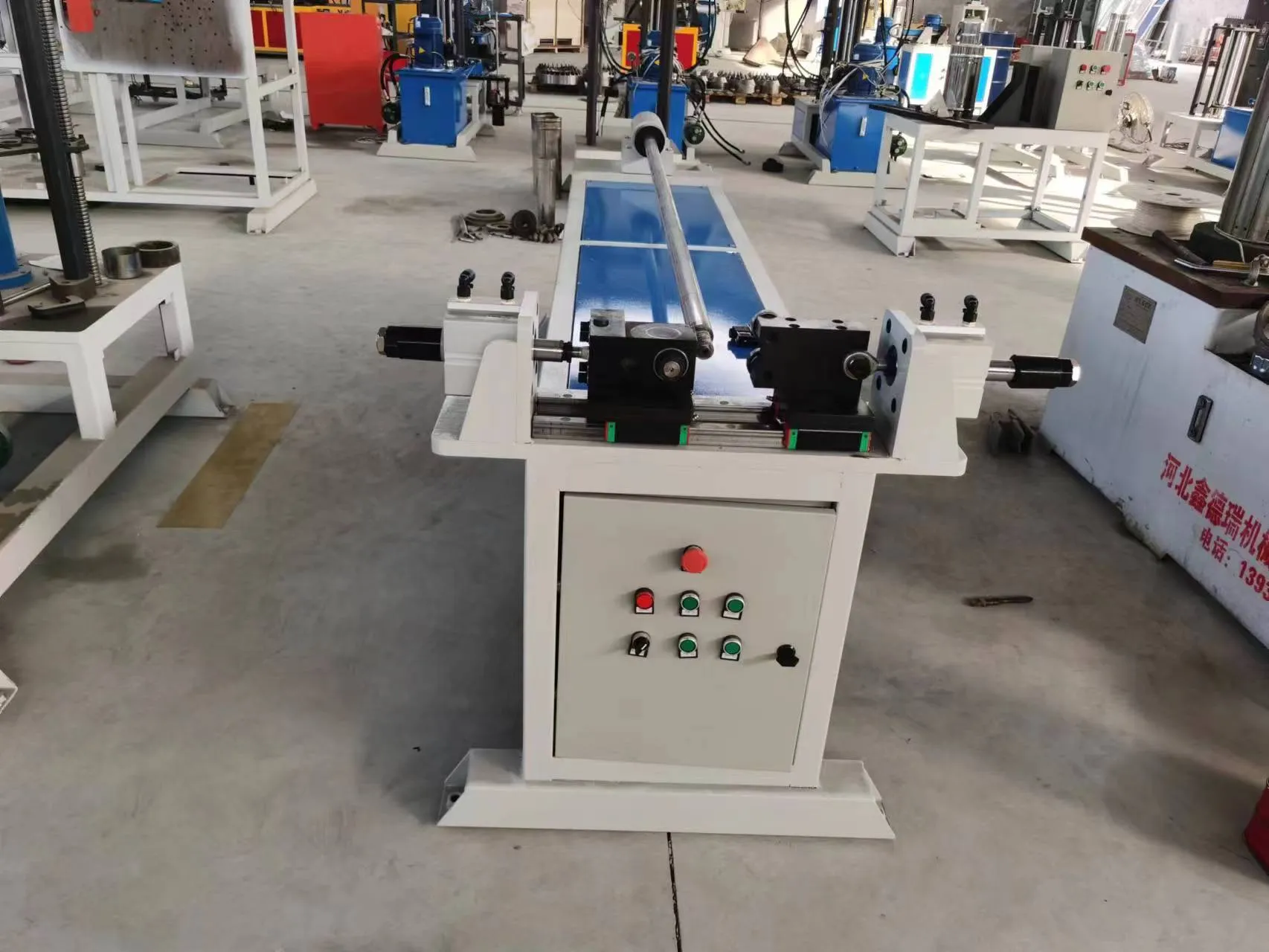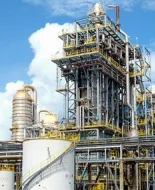-
 8613931787312
8613931787312 -
 Botou Industrial Zone on the east side of National Highway 104, Botou City, Hebei Province
Botou Industrial Zone on the east side of National Highway 104, Botou City, Hebei Province
- Afrikaans
- Albanian
- Amharic
- Arabic
- Armenian
- Azerbaijani
- Basque
- Belarusian
- Bengali
- Bosnian
- Bulgarian
- Catalan
- Cebuano
- Corsican
- Croatian
- Czech
- Danish
- Dutch
- English
- Esperanto
- Estonian
- Finnish
- French
- Frisian
- Galician
- Georgian
- German
- Greek
- Gujarati
- haitian_creole
- hausa
- hawaiian
- Hebrew
- Hindi
- Miao
- Hungarian
- Icelandic
- igbo
- Indonesian
- irish
- Italian
- Japanese
- Javanese
- Kannada
- kazakh
- Khmer
- Rwandese
- Korean
- Kurdish
- Kyrgyz
- Lao
- Latin
- Latvian
- Lithuanian
- Luxembourgish
- Macedonian
- Malgashi
- Malay
- Malayalam
- Maltese
- Maori
- Marathi
- Mongolian
- Myanmar
- Nepali
- Norwegian
- Norwegian
- Occitan
- Pashto
- Persian
- Polish
- Portuguese
- Punjabi
- Romanian
- Russian
- Samoan
- scottish-gaelic
- Serbian
- Sesotho
- Shona
- Sindhi
- Sinhala
- Slovak
- Slovenian
- Somali
- Spanish
- Sundanese
- Swahili
- Swedish
- Tagalog
- Tajik
- Tamil
- Tatar
- Telugu
- Thai
- Turkish
- Turkmen
- Ukrainian
- Urdu
- Uighur
- Uzbek
- Vietnamese
- Welsh
- Bantu
- Yiddish
- Yoruba
- Zulu
Manual Hydraulic Pipe Bending Machine Precision Bending & Heavy Duty
- Fundamental principles and components of hydraulic pipe bending systems
- Technical specifications and performance advantages demonstrated through data
- Comparative analysis of leading manufacturers across critical parameters
- Customization options for specialized industrial bending applications
- Industry-specific implementation scenarios with operational metrics
- Operational best practices and preventive maintenance procedures
- Future developments and strategic selection considerations

(manual hydraulic pipe bending machine)
What Defines a High-Performance Manual Hydraulic Pipe Bending Machine?
The foundational mechanism utilizes Pascal's Law, converting hydraulic pressure into mechanical force through a cylinder-piston assembly. Typical configurations incorporate a hydraulic pump generating 7,000-10,000 PSI, translating to 5-20 tons of bending force depending on cylinder diameter. Material limitations vary by pipe composition: mild steel accommodates up to 180° bends, while stainless steel typically maxes at 150° before compromising structural integrity. Wall thickness factors critically, with standard models handling schedule 40 pipes effectively but requiring specialized tooling for schedule 80 applications. Die sets must precisely match pipe OD, with tolerance thresholds below 0.5mm to prevent oval deformation during 90° rotations. Pressure relief valves calibrated to ±3% accuracy maintain consistent force application throughout the ram stroke cycle.
Engineering Excellence: Unpacking the Technical Advantages
Precision-ground tooling achieves angular accuracy within ±0.25° per bend, eliminating post-processing for most structural applications. Hydraulic systems outperform electric alternatives in power density, generating equivalent force in 60% less footprint. Dual-stage pumps deliver rapid approach rates (120mm/sec) followed by high-torque bending phases (15mm/sec), optimizing cycle times. Modular die systems allow tooling changeovers in under three minutes - 75% faster than integrated designs. A recent productivity study demonstrated 37% reduction in labor hours versus electric models when processing 50mm diameter carbon steel. Thermal management systems maintain hydraulic oil below 65°C during continuous operation, preserving viscosity characteristics for over 2,000 operational hours between fluid changes. Emergency retract features enable full ram reversal in under two seconds during malfunction scenarios.
Market Leaders: Manufacturer Comparison and Model Selection
| Manufacturer | Max Capacity | Working Pressure | Ram Stroke | Weight (kg) | Frame Type | Price Range (USD) |
|---|---|---|---|---|---|---|
| Baileigh PH-40MB | 40mm Sch40 | 70MPa | 210mm | 295 | Cast Iron | $3,450-$4,200 |
| Roper Whitney 900 | 50mm Sch40 | 65MPa | 190mm | 328 | Forged Steel | $5,200-$6,100 |
| Di-Acro 12-H | 38mm Sch80 | 75MPa | 220mm | 412 | Quenched Steel | $7,800-$8,900 |
| JET HVB-75 | 75mm Sch40 | 68MPa | 250mm | 740 | Welded Frame | $9,200-$10,500 |
Customization Capabilities: Adapting to Your Unique Needs
Die geometry customization addresses complex bending scenarios - spiral dies reduce flat spots by 78% during tight-radius bends on exhaust systems. For aerospace titanium applications, hardened tool steel dies with PVD coatings extend service life 6x versus standard tooling. Production environments requiring rapid changeovers benefit from quick-mount die systems incorporating spring-loaded retention technology. When processing copper-nickel alloys, pressure sequencing valves prevent material thinning by limiting force application during the 110-160° bending arc. Third-party verification indicates that specialized rotary bender attachments increase permissible bend angles on stainless tubing by 22° without buckling. Dedicated frames rated for 35-ton capacity support non-standard configurations like simultaneous dual-bend operations on structural components.
Industry Applications: From Concept to Functional Reality
Automotive exhaust fabricators achieve ±1.5mm positional accuracy when creating mandrel bends for performance headers, eliminating downstream fitment issues. Hydraulic conduit bending for commercial construction demonstrates 93% first-pass yield when forming 50mm EMT with appropriate wipe dies. Offshore applications reveal corrosion-resistant units processing duplex stainless piping maintain dimensional stability across 500+ bending cycles without recalibration. Agricultural equipment manufacturers report 40% reduction in hydraulic line replacement costs through in-house bending of 30mm hydraulic lines. Energy sector case studies document forming API-5L grade B pipe with wall thicknesses up to 8mm, achieving 5D bend radii within ASME B31.8 tolerances. All implementations mandate strict adherence to bend deduction calculations - typically ranging from 15-22% of base length depending on material elasticity.
Operational Mastery: Best Practices for Peak Performance
Daily hydraulic reservoir inspections should monitor fluid levels within ±3mm of sight glass indicators while checking for milky discoloration indicating water contamination. Force application protocols require gradual pressure increases during initial bend stages - abrupt engagements cause springback miscalculations up to 3°. Die alignment verification using laser levels maintains perpendicularity within 0.5° variance along all axes. Monthly maintenance must include cylinder rod polishing and wiper seal replacement when surface imperfections exceed 0.2Ra. Lubrication schedules specify ISO VG 68 hydraulic fluid changed biannually or after 1,500 cycles. Calibration validation via test coupons should occur quarterly, measuring deviations against ASME Y14.5 standards. Unexpected pressure drops exceeding 10% during operation typically indicate pump seal failure or internal valve leakage requiring immediate service suspension.
Why the Manual Hydraulic Bending Machine Remains Essential Infrastructure
Even with CNC proliferation, onsite repair scenarios require the portable versatility offered by these units - recent field service reports indicate 84% of pipeline repair crews maintain manual hydraulic bending equipment for contingency operations. Material innovations continue influencing design evolution, with newer composites maintaining mandrel contact up to 190° bends without tearing. Industry survey data reveals operations maintaining dual-capacity environments achieve 28% higher equipment utilization rates compared to exclusively automated facilities. While entry-level models present viable solutions for light-gauge applications below 40mm, production environments processing over 50 units monthly should prioritize forged steel frames and commercial-grade pumps. Prospective buyers must evaluate lifetime operational costs - premium models demonstrate 7-year cost efficiency despite higher initial investment through reduced maintenance and extended component longevity. Technical assessments consistently validate manual hydraulic pipe bending machine
s as indispensable solutions meeting both precision manufacturing demands and field adaptability requirements.

(manual hydraulic pipe bending machine)
FAQS on manual hydraulic pipe bending machine
以下为围绕手动液压弯管机主题创建的5组英文FAQ问答,使用HTML富文本格式:Q: How do I operate a manual hydraulic pipe bending machine?
A: Position the pipe between the bending dies and align it with the center point. Pump the hydraulic lever steadily to apply pressure until reaching your desired bend angle. Release the hydraulic valve slowly to retract the piston after bending.
Q: What safety precautions are essential when using a hydraulic pipe bending machine manually?
A: Always wear safety glasses and gloves to protect from hydraulic fluid leaks or metal碎片. Ensure pipe clamps are securely locked before operation. Never exceed the machine's maximum tonnage capacity shown on its specification plate.
Q: Can manual hydraulic bending machines handle stainless steel pipes?
A: Yes, but capacity depends on the machine's pressure rating. Models with ≥10-ton capacity typically bend stainless steel up to 2-inch diameter. Always verify compatibility using the manufacturer's pipe diameter-to-thickness ratio chart.
Q: Why does my manual hydraulic pipe bender leak fluid during operation?
A: Common causes include worn piston seals or loose hydraulic hose fittings. Check seal integrity and tighten connections immediately. Replace damaged O-rings using the machine's maintenance kit to prevent pressure loss.
Q: What maintenance does a manual hydraulic bending machine require?
A: Lubricate pivot points monthly with hydraulic-compatible grease. Inspect ram seals quarterly for wear. Drain and replace hydraulic fluid annually according to the manufacturer's viscosity recommendations to ensure smooth operation.
-
Understanding Automatic Seam Welding Machines: A Game Changer in Welding TechnologyNewsJul.18,2025
-
Revolutionizing Packaging: The Role of Welding Machines in Steel and Tin Can ManufacturingNewsJul.18,2025
-
Precision in Motion: Exploring Seam Welding Machines for Industrial FabricationNewsJul.18,2025
-
Mastering Precision Bending: A Guide to Tube Benders and Their TypesNewsJul.18,2025
-
Inside the World of Barrel Manufacturing: Machines, Lines, and CostsNewsJul.18,2025
-
Exploring the Technology Behind Elbow Bending Machines in Pipe ManufacturingNewsJul.18,2025
-
Unlocking the Power of Light: Exploring Modern Laser Welding SolutionsNewsJul.15,2025
-
 Pneumatic Handle Welding MachineSep . 13, 2024
Pneumatic Handle Welding MachineSep . 13, 2024 -
 Fully Automatic Kaiping Production LineOct . 17, 2024
Fully Automatic Kaiping Production LineOct . 17, 2024 -
 Fully Automatic Metal Bucket Lifting HeadphonesSep . 14, 2024
Fully Automatic Metal Bucket Lifting HeadphonesSep . 14, 2024

